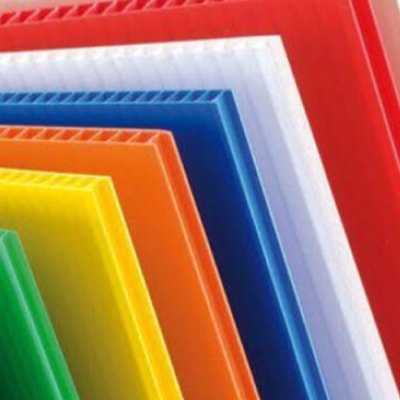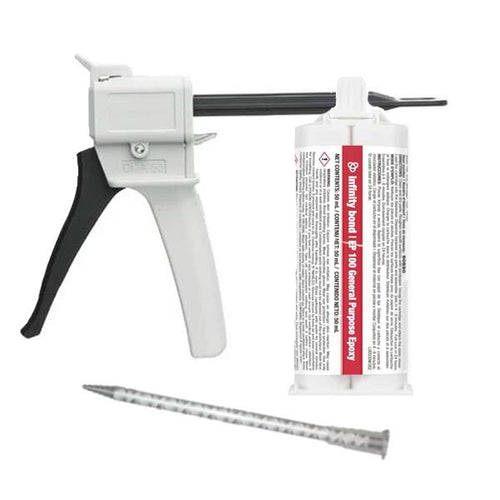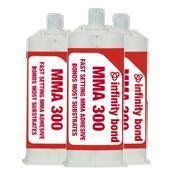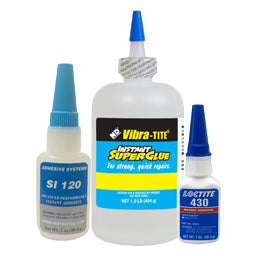Adhesives for Plastics
Plastic has come a long way from the early days of Bakelite to the vast array of polymers we see all around us every day. We have become so accustomed to seeing plastic that we don’t even give it a second thought. Most people see plastic and assume all plastics share the same quality and properties. However, there are countless varieties of polymers, and each has unique characteristics.
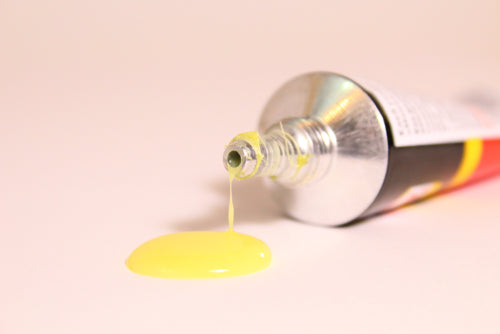
So many of our everyday items are plastic and, from time to time, these items break. It might be a child’s favorite toy or maybe your lucky keychain, but the first thought in your head will probably be “I’ll pick up some super glue and fix it later.” While a cyanoacrylate glue (CA) glue may work, not all plastics are the same and the best methods of bonding these plastics can vary, depending on the type of plastic you are working with. Some plastics may require a plastic glue that has incorporates a solvent-based bonding, and others may require an epoxy-based adhesive.
Determining Plastic Type Using the Recycling Logo
Most, if not all, of us know the recycling symbol when we see it. It consists of three arrows that form a triangle. It’s all around us all the time, but have you ever looked closely and noticed that there may be a number in the middle or another code under it? This number or code tells us what group of plastic the item falls into. While these numbers and codes exist primarily to ensure that different types of plastic are recycled properly, they can also help you determine what type of adhesive to buy if you need to bond the material.
Choosing the Proper Adhesive
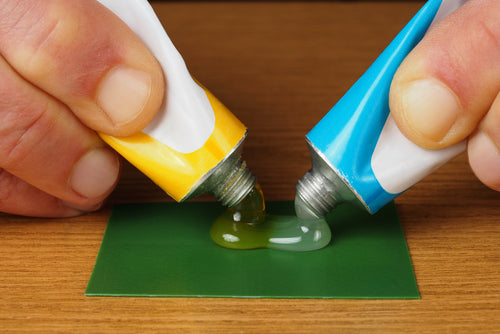
In total, there are eight recycling codes for plastic. These codes indicate the exact material the product is made of. Items stamped with a 1 are made from Polyethylene Terephthalate (PET), while 2 means High-Density Polyethylene (HDPE). 3 is used for Polyvinyl Chloride (PVC), 4 means Low-Density Polyethylene (LDPE), 5 represents Polypropylene (PP), 6 is for Polystyrene (PS), 7 indicates other plastics, and 9 is used to represent acrylonitrile butadiene styrene (ABS).
Once you know what kind of plastic you are dealing with, you need to choose the adhesive best suited for the material. Plastics in categories 1, 2, 4, and 5 are very difficult to glue. Look for an adhesive for polyethylene or polypropylene. However, certain items in category 1 may prove impossible to glue.
Category 3, PVC, is most commonly used in plumbing. For gluing PVC, there is a two-part primer and PVC solvent cement commonly available in most hardware or home improvement stores.
Items in category 6 are made of polystyrene. For bonding polystyrene, you can use one of a few different options. A poly cement, epoxy, or cyanoacrylate will form a sufficient bond on these items.
Category 7 is a catch-all for plastics that don’t fit into the other categories. These plastics include polycarbonate and acrylic. For polycarbonate, an epoxy will work best. Achieving the best result with acrylic requires an acrylic solvent adhesive. Cyanoacrylate may work, depending on the project.
Category 9 is for ABS plastics. While ABS solvent adhesives are available, they do warp the plastic to a degree. For optimal results, an epoxy should be used. However, cyanoacrylate glue may also work well for this application.

The Infinity SuperTAC 500 Plastic Bonding Glue Sticks are one of the best plastic bonding hot melt options. With their quality heat resistance and bonding abilities to a wide range of plastics including PP, PE, PET and PV, the SuperTAC 500 outperforms many other plastic bonding glue sticks. The product’s cost effective price per pound also can’t be beat.
How to Determine Plastic Type When No Recycling Logo Is Present
In some instances, a recycling logo and code may not be marked on the item in question. Under these circumstances, you will have to make an educated guess or do a bit of research. There are a few things to keep in mind that may help you determine the exact plastic you’re dealing with. If the plastic is hard like a bucket or milk crate, it is likely to be polyethylene or polypropylene. These plastics are nearly impossible to glue unless you choose an adhesive that is marked specifically for use with polyethylene or polypropylene.
Clear, brittle plastics like imitation glass or CD cases are usually polystyrene. A poly cement will work best on these. Legos are made of ABS. If the mystery plastic feels similar to a Lego block, you’ll want to use an epoxy cement. It is important to note that solvent-based adhesives can warp and change the surface of the plastic. This is something to consider if appearance is important.
In Conclusion
When you need to adhere plastic, it is important to determine what type of plastic you are dealing with. Plastic comes in many forms, and knowing what type of you are working with enables you to choose the appropriate adhesive for the job. If you still have questions and would like to speak with a glue expert, contact us. One of our knowledgeable team members can assist you and find the right adhesive for your application.







